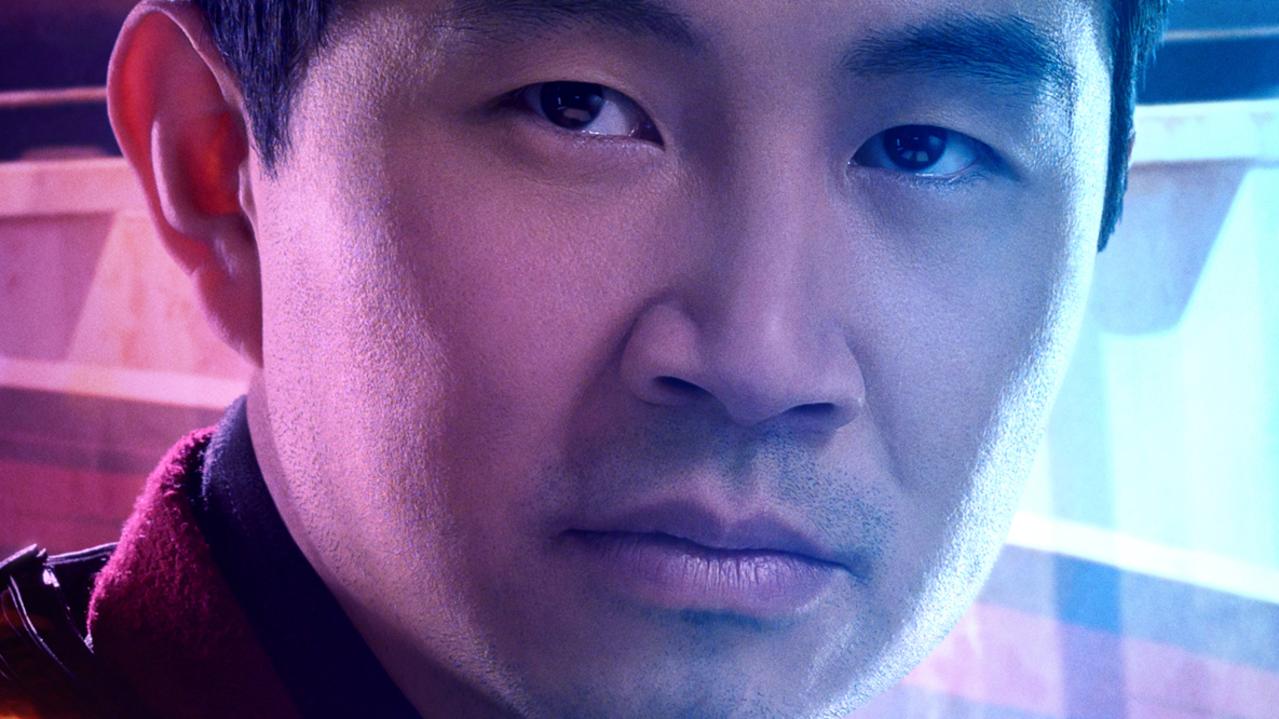
Marvel’s latest blockbuster starts with a 10-minute sequence it would have never dared to try when it first started making movies with Iron Man.
For fans of cinematic spectacle, Shang-Chi and the Legend of the Ten Rings offers some of the best choreographed action sequences of the Marvel Cinematic Universe.
The superhero origin movie about a young man trying to find his place in the world while running from his past – specifically, his powerful father – draws on influences from wuxia films.
There is a dazzling kineticism in its many fight scenes, choreographed by the late Australian martial artist Brad Allan, a protégé of Jackie Chan.
Allan was the supervising stunt co-ordinator on Shang-Chi and the film is dedicated to him, after his death in August. His work is all over the screen, whether it’s Michelle Yeoh effortlessly kicking arse, or lead star Canadian actor Simu Liu’s nimble contortions against assassins on a moving bus.
It’s testament to Allan, director Destin Daniel Cretton and cinematographer William Pope that Shang-Chi’s fight sequences don’t just look great, captured on camera as a dynamic whirl of action and reaction to keep you engaged and impressed, but they add to the story.
Take, for example, a flashback sequence between Shang-Chi’s parents, Wenwu (Hong Kong cinema legend Tony Leung) and Ying Li (Fala Chen), two fighters with super-powered abilities. Their showdown is balletic, commanding and… flirtatious. It’s a courtship dance physically expressed through martial arts.
If Shang-Chi is sounding like a different kind of Marvel movie, it is. For the most part.
The third act is still a bombastic, over-the-top, CGI-heavy action sequence that starts to test your limit because Shang-Chi had mostly been hand-to-hand combat and eschewed large-scale weapons.
Even the gravity-defying aspects of the fights don’t jar thanks to the in-universe mysticism and the tradition of wuxia films. But, when the inevitable huge showdown kicks in, it’s a reminder that Marvel really demands a formula to their ventures.
Until that moment, the relative intimacy of its fights feels like they have significance – and even stakes because you never know which supporting character is expendable in one of the MCU stand-alone origin stories.
That’s not the only thing that sets Shang-Chi apart from its MCU counterparts. As the first Western superhero blockbuster with a near-all Asian cast, it’s a significant moment for on-screen representation, weaving into its narrative a resonant story about belonging, purpose and family legacy – the good and the bad.
Shang-Chi knows this, and it declares as much from the very beginning when for the first 10 minutes, every word spoken is Chinese Mandarin.
Can you imagine when Marvel first started making its own movies with Iron Man in 2008 that an American media brand would spend a reported $200 million ($US150 million) on a film where no one speaks a word of English for that long?
It’s a bold and gutsy move to demand your English-speaking audience listen to the rhythms and contours of another language and to find meaning in the delivery beyond the subtitles – even popular non-English language shows on Netflix are mostly watched with audio dubbing rather than subtitles.
With the sustained oscillation between Mandarin and English throughout the film, the filmmakers’ creative choice speaks to both the global audience for these films but also a trust that audiences do embrace stories that are seemingly removed from their own experiences.
Obviously, few people will directly relate to having a father who runs a cabal of assassins, but many will understand the challenges of parental expectations which are often internalised as doubt about our self-worth.
And that’s the core of Shang-Chi’s story, about coming to terms with your family and all the mess – good and bad – they bring.
It’s a solid story that hits enough emotional points, aided by the gravitas of Yeoh and Leung, and buoyed by a winning chemistry between Liu and Awkwafina, who plays his best friend Katy.
And newcomer Meng’er Zhang as Shang-Chi’s sister Xialing is an absolute find, a powerful screen presence who threatens to steal each scene from her more seasoned colleagues.
That all helps to balance Shang-Chi’s niggling flaws, a sagging middle part and a slightness to its lead character. But Liu brings enough charisma to the character to make us care about him.
And we all know how these Marvel movies go, there will be more, and it won’t be the last we see of this new hero.
Shang-Chi and the Legend of the Ten Rings is a strong starting point.
Rating: 3.5/5
Shang-Chi and the Legend of the Ten Rings is in cinemas now (excluding Melbourne and the ACT)
Share your movies and TV obsessions | @wenleima
https://news.google.com/__i/rss/rd/articles/CBMiyQFodHRwczovL3d3dy5uZXdzLmNvbS5hdS9lbnRlcnRhaW5tZW50L21vdmllcy9tb3ZpZS1yZXZpZXdzL3NoYW5nY2hpLWFuZC10aGUtbGVnZW5kLW9mLXRoZS10ZW4tcmluZ3MtcmV2aWV3LXN0cm9uZy1zdGFydGluZy1wb2ludC1mb3ItbWFydmVscy1uZXdlc3Qtc3VwZXJoZXJvL25ld3Mtc3RvcnkvMTU4NGEzNmZmMTQyNzQzNjY1ZWEzYjI5ODg4MjBmYzXSAc0BaHR0cHM6Ly93d3cubmV3cy5jb20uYXUvZW50ZXJ0YWlubWVudC9tb3ZpZXMvbW92aWUtcmV2aWV3cy9zaGFuZ2NoaS1hbmQtdGhlLWxlZ2VuZC1vZi10aGUtdGVuLXJpbmdzLXJldmlldy1zdHJvbmctc3RhcnRpbmctcG9pbnQtZm9yLW1hcnZlbHMtbmV3ZXN0LXN1cGVyaGVyby9uZXdzLXN0b3J5LzE1ODRhMzZmZjE0Mjc0MzY2NWVhM2IyOTg4ODIwZmM1P2FtcA?oc=5
2021-10-11 06:59:57Z
52781928921172
Tidak ada komentar:
Posting Komentar